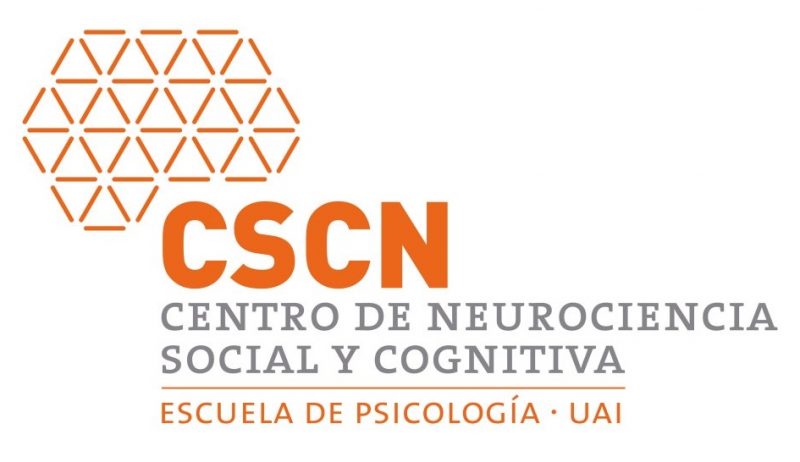Studies on the neurocognitive deficits in behavioral variant frontotemporal dementia (bvFTD) have provided evidence that highlights the differences among two views of cognition: the social cognition in the wild (i.e., everyday behavior) and the compartmentalized social cognition of neuroscientific laboratories. The bvFTD is a neurodegenerative condition characterized by early changes in social cognition and personality, involving specific atrophy of fronto-temporo insular networks (Piguet, Hornberger, Mioshi, & Hodges, 2011) and selective degeneration of Von Economo Neurons (Kim et al., 2012; Nana et al., 2018; Santillo & Englund, 2014; Santillo, Nilsson, & Englund, 2013; Seeley, 2008). The insular networks (especially their frontotemporal connections) seem to particularly affect social cognition, emotion and interoception. Recently, Adolfi et al. (2017) provided direct twofold evidence from functional magnetic resonance imaging (fMRI) meta-analysis in healthy populations and lesion studies, suggesting that the insula and their extended networks seem to be critical for a triangle of social cognition, emotion and interoception. Van den Stock and Kumfor (2017) also provided an insightful suggestion by proposing that these results converge with deficits observed in bvFTD and their related insular atrophy. They propose a longitudinal assessment of emotion, social cognition and interoception in addition to neuroimaging measures as an impactful approach to both bvFTD characterization and neuroscientific advances of insular functioning. Here, I outline a perspective of these shared processes and their deficits in bvFTD. I propose a theoretical approach to intercognition, or the constant blending of multiple cognitive and affective processes triggered by convergent environmental and body state sources that happens in everyday cognition (Ibanez & Garcı´a, 2018).


